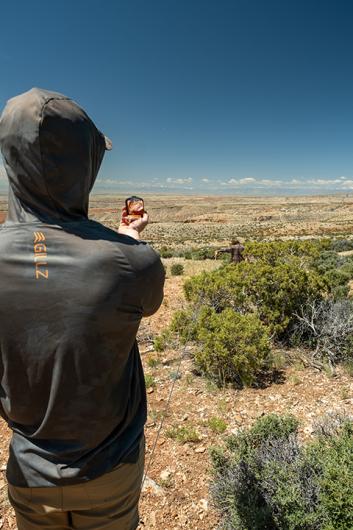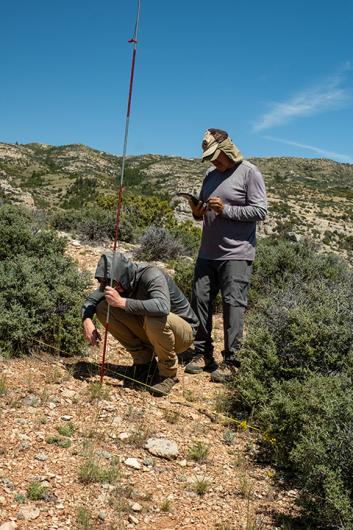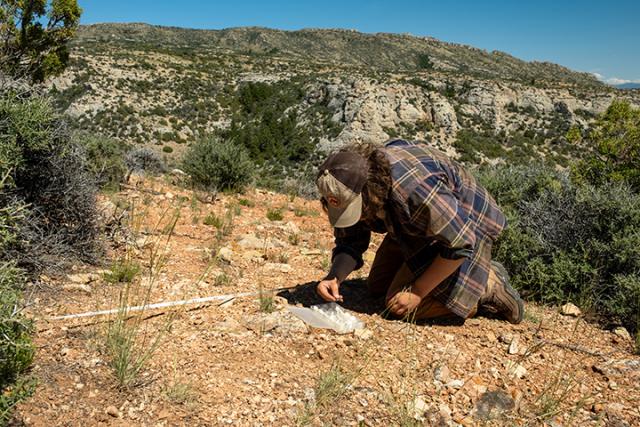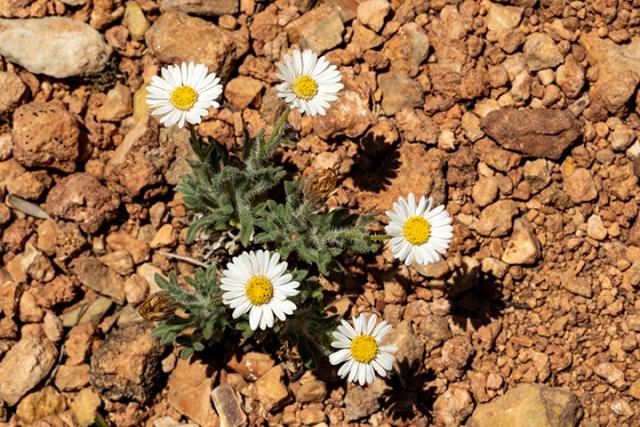Related Stories
- Monument map earns ‘finalist’ honors in global GIS awards
- Recreation for all: Accessibility on Montana-Dakotas public lands
- North Central Montana District employees celebrate new adoption
- BLM Billings Field Office works with state agencies in Montana to conduct bat surveys
- Successful adoptions and community engagement at Upper Yellowstone WHB Event
Office
5001 Southgate Drive
Billings, MT 59101
United States
Phone:
Email:




